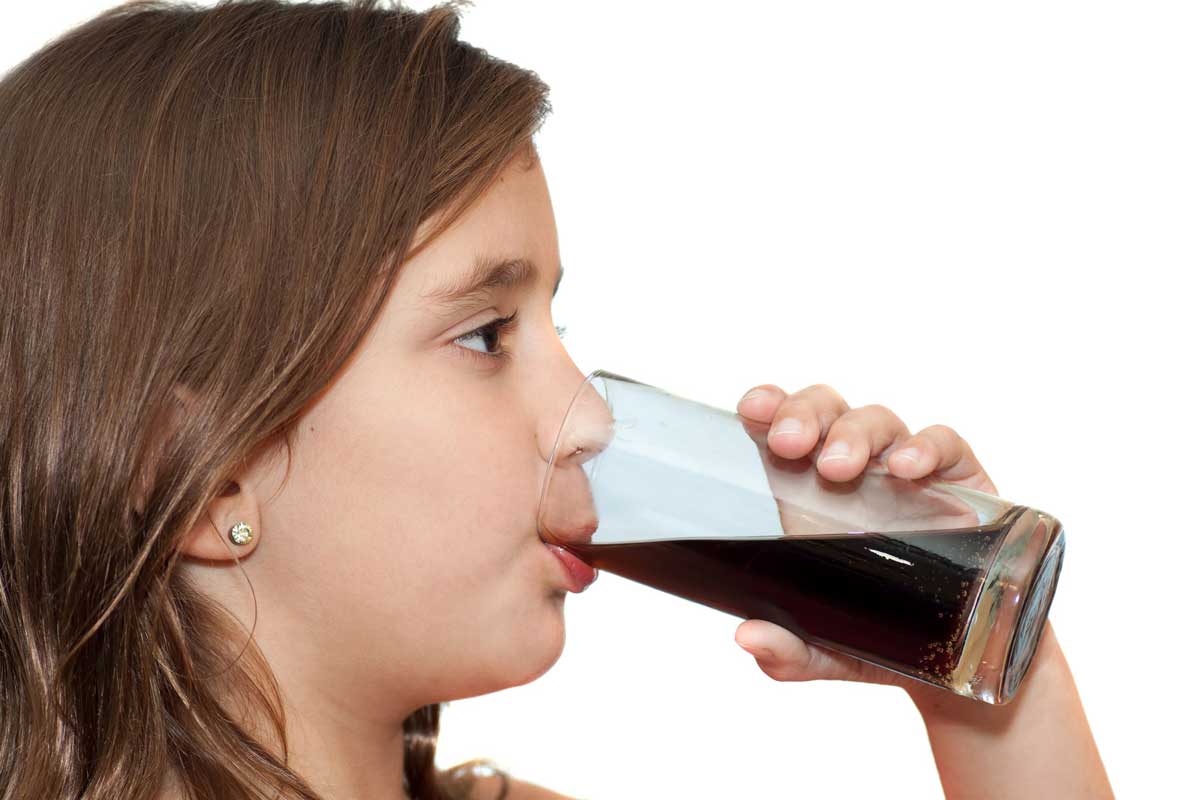Are We Too Sweet? Our Kids' Addiction to Sugar
In 2016, the American Heart Association released new guidelines limiting the amount of added sugar considered acceptable for a healthy diet. How does your child's diet add up? In this article, you'll find information on
- The AHA health guidelines
- How much sugar a child should eat in a day
- Soda's impact on your diet
- Creating a healthy diet for your child

You'd be hard-pressed to find a child who doesn't love sugary foods, and chances are the processed or packaged food your child eats has some amount of added sugar.
But a sweet tooth isn't as harmless as it might seem. Our country's addiction to sugar is adding up to serious health consequences for families, and experts are saying it should be reined in.
More: Are Presweetened Cereals Better?
Guidelines for the Whole Family
The American Heart Association (AHA) had already released guidelines in 2009 limiting the amount of added sugar considered acceptable for a healthy diet. The guidelines, published in the August 2009 issue of Circulation: Journal of the American Heart Association, also connect increased sugar consumption with a variety of health problems, including obesity and high blood pressure.
According to the guidelines, most women should consume no more than 100 calories, and men no more than 150 calories, of added sugar. These numbers average out to about 6–9 teaspoons, or 25–37.5 grams, of sugar a day.
Then, in 2016 the AHA took it a step further, stating that children and teens (ages 2–18) should limit their added sugars to less than 6 teaspoons per day and no more than 8 fl oz of sugary beverages per week.
Think about your average 20-oz. soda. Drinking 8 oz a day means your teen would finish it in 2 and a half days instead of two and a half minutes.
The Scary Truth
Are you ready for the scary truth? The AHA notes that, according to the National Cancer Institute and National Health and Nutrition Examination Survey, children as young as 1 to 3 years already exceed the daily recommendations and typically consume around 12 teaspoons of added sugar a day. By the time a child is 4 to 8 years old, his sugar consumption skyrockets to an average of 21 teaspoons a day.
The National Cancer Institute also found that 14- to 18-year-old children consume the most added sugar on a daily basis, averaging about 34.3 teaspoons.
In general, the average American consumes about 355 calories of added sugar a day, or the equivalent of 22.2 teaspoons. That is about triple the recommended amount!
What Is Added Sugar? The AHA defines added sugar as any sugar or syrup that is added to foods during processing or preparation and sugar or syrup that is added at the table during meal times. And it's in a LOT of processed or premade foods. Unfortunately, as careful as you may be, you may inadvertently be feeding more sugar to your child than you think.
Soda: The Main Offender
According to the AHA, some studies have linked high-sugar diets to numerous health issues, including obesity, increased risks for high blood pressure, high triglyceride levels, and other risk factors for heart disease and stroke.
Soft drinks and sweetened beverages are the number-one culprit in Americans' diets, with one can of soda containing 8 teaspoons and almost 130 calories of added sugar.

More: 14 Unhealthy "Health" Foods
Your Child's Diet
Many brands of children's favorite foods, such as yogurt, cereal and fruit juice also contain added sugar, which usually make them high in calories and low in nutrition.
So how can you curb your child's sugar intake without cutting out all his favorite foods?
The AHA recommends a diet rich in fruit, vegetables, low-fat dairy products, high-fiber whole grains, lean meat, poultry and fish.
Yeah, we know. Easier said than done.
KidsHealth from Nemours offers parents some ideas to help your little one eat a healthier diet and curb the amount of sugar going into his mouth. Some helpful tips include
- Offering naturally sweet and healthy snacks like fruit or raisins.
- Replacing soda and sweetened beverages with low-fat milk (whole milk for children under 2) or water.
- Offering small servings of 100 percent fruit juice.
Although 100 percent fruit juice does have some health benefits, it is important to note that while it doesn't have any added sugar, the natural sugars it contains can still make it a high-calorie drink. KidsHealth recommends limiting juice intake to 4–6 fl oz for children under 7, and 8–12 fl oz for older children and teens.
Naturally sweet snacks are a healthy alternative, since fructose usually packs enough of a punch to satisfy a sweet craving. If your child has a soft spot for sweet treats, try offering him one of the following naturally sweet and healthy snacks:
- Fresh fruit
- Frozen grapes or any other frozen fruit
- Homemade fruit smoothie
- Dried fruit
- Apple slices and peanut butter
- Homemade granola
If you and your child are looking to kick the ice cream habit, check out this Pin:
It may seem impossible to completely cut out added sugar, but choosing healthier alternatives isn't as difficult as it may seem. Also, make sure high-sugar foods are not taking the place of foods with essential nutrients.
The AHA recommends using your daily limit of added sugar wisely. For example, if your child wants something sweet, choose a nutrient-rich sweet snack like yogurt or a sugar-sweetened whole-grain cereal. Although both of these have added sugar, they also have essential nutrients, unlike a piece of candy.
And, of course, be a role model for your child. Leading a healthy lifestyle yourself is a surefire way to help your child grow up to do the same.
To learn more about eating healthy as a family, check out Eating Healthy: 11 Food Rules for Families.
For more healthy eating ideas and recipes, check out our Pinterest board.